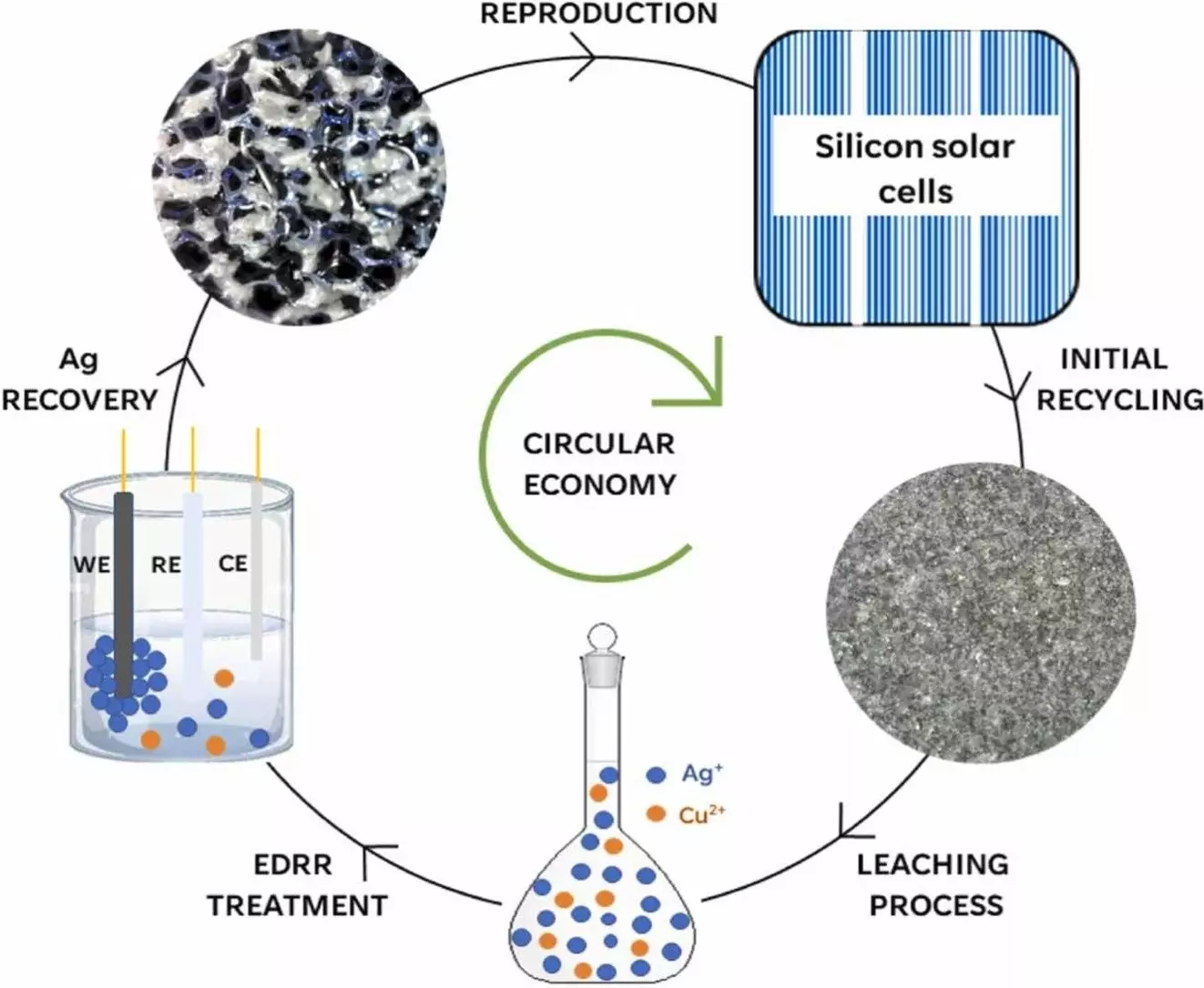In a world where the need for renewable energy is becoming increasingly urgent due to climate change, solar power has emerged as a promising alternative to fossil fuels. However, the disposal of solar panels once they reach the end of their lifespan presents a significant environmental challenge. Among the components of solar panels, silver used in the electrical circuits has proven to be particularly difficult to recover, leading to its limited recycling.
The Groundbreaking Solution
A recent study published in Environmental Technology & Innovation introduces an innovative method developed by a team of experts in chemistry, metallurgy, and engineering from Italy to efficiently extract silver from dead solar panels. By using a base-activated persulfate in conjunction with ammonia, the team was able to devise a cost-effective process for silver recovery. This method involved the persulfate acting as an oxidizing agent, producing copper oxide as a protective layer to prevent leaching of the copper during the reaction.
The Experimental Findings
Through a series of experiments varying parameters such as ammonia concentrations, the researchers identified the optimal conditions for silver separation. Ultimately, they discovered that a combination of 0.5 M ammonia and 0.2 mol per liter of potassium persulfate, along with a one-hour reaction time, resulted in the extraction of 85% of the silver from the samples. Subsequently, an electrodeposition-redox replacement process further increased the silver recovery rate to an impressive 98.7%. Confirmation of the enriched silver particles was achieved through the use of a scanning electron microscope.
This groundbreaking research represents a significant step forward in the field of solar panel recycling, offering a promising solution to the challenge of recovering silver from dead panels. By developing an efficient and cost-effective method for silver extraction, the multi-disciplinary team has provided a valuable contribution to the sustainable management of solar panel waste. As the demand for renewable energy continues to rise, innovative approaches like this one will be essential in minimizing the environmental impact of solar technologies.


Leave a Reply